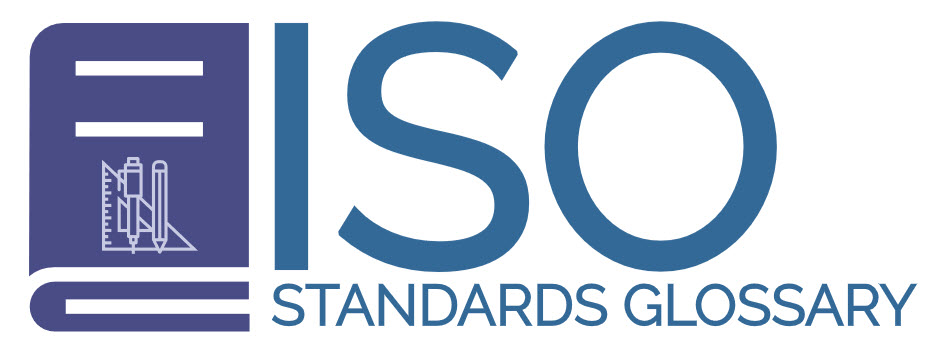The Role of Product Standards in Market Access
Product standards are integral to the global trade ecosystem. By providing defined characteristics such as safety, quality, and interchangeability, they play a crucial role in shaping how products are manufactured, marketed, and consumed worldwide. For businesses looking to expand their reach internationally, understanding the impact of product standards on market access is essential.
Enhancing Market Confidence
Compliance with established product standards significantly bolsters consumer confidence. When products adhere to recognized standards, they assure consumers and importers of their quality and safety. This assurance is particularly critical in sectors like electronics, pharmaceuticals, and food, where non-compliance could lead to serious health hazards or legal challenges. Standards ensure that products meet specific quality benchmarks, which mitigates potential risks and enhances trust. This is a vital consideration for businesses as they strategize to enter new markets, where establishing a reputation for reliability can significantly impact market success.
Facilitating Trade
International trade is greatly simplified by the presence of standards, which work to minimize technical barriers. Countries that share or recognize each other’s standards experience smoother cross-border trade. Organizations such as the International Organization for Standardization (ISO) play a pivotal role in harmonizing diverse regulations, facilitating international standardization. When countries collaborate on standardization, they create a more efficient trading environment that benefits exporters and importers alike. Businesses find it easier to penetrate international markets when they can align their products with prevalent standards, reducing the need for product modifications and the associated costs.
Challenges in Compliance
Despite their benefits, compliance with product standards can present significant challenges. Developing countries often face difficulties due to limited resources, which can hinder their ability to meet these standards. Upgrading technology or modifying production processes to align with international standards can entail considerable costs, representing a substantial barrier, particularly for small and medium-sized enterprises (SMEs). For these businesses, the financial strain of compliance can be overwhelming, potentially restricting their access to broader markets. Navigating these challenges requires a strategic approach, where businesses weigh the costs against the potential market opportunities that compliance can unlock.
Impact on Innovation
Standards exert a notable influence on innovation. On one side, they foster innovation by establishing uniform expectations for new technologies, thus providing a clear roadmap for product development. On the flip side, overly stringent standards may impede creativity and curtail the introduction of innovative products to the market. The challenge lies in striking a balance between maintaining these standards’ rigor and allowing creative flexibility for new products. This balance is critical for sustaining a vibrant market environment that encourages growth while maintaining quality and safety.
The interplay between standards and innovation is particularly complex. Innovators must work within the constraints of existing standards, finding novel solutions that comply while still pushing technological boundaries. This dynamic can drive advancements in technology as companies strive to innovate within set parameters. However, when standards become too restrictive, they risk stifling the innovation that drives industries forward.
Standards and Consumer Safety
Another critical aspect of product standards is their role in ensuring consumer safety. By setting high benchmarks for product safety, standards protect consumers from potentially harmful products. This protective layer is crucial in maintaining public trust and preventing incidents that could lead to loss of life or widespread health issues. For businesses, compliance with safety standards is not just a legal obligation but a fundamental business practice that underpins successful consumer relationships.
As consumer awareness and expectations around safety grow, businesses that prioritize compliance with stringent safety standards gain a competitive advantage. They can market their products as not only meeting basic safety criteria but exceeding them, which can be a powerful differentiator in competitive markets.
Environmental Considerations
In recent years, the impact of product standards on the environment has gained significant attention. Standards increasingly encompass environmental considerations, promoting sustainability and encouraging businesses to adopt eco-friendly practices. As consumers become more environmentally conscious, companies that align their products with environmental standards stand to gain a reputational advantage.
Navigating these environmental standards requires an understanding of the various factors at play, including resource sustainability and waste management. Businesses need to integrate environmental considerations into their production processes to meet these standards. This integration not only helps in market access but also aligns with broader global efforts towards environmental sustainability.
Regional Variations in Standards
Product standards can vary significantly across different regions, which adds a layer of complexity for businesses attempting to enter multiple markets. While international bodies like the ISO strive to harmonize standards, regional variations persist due to differing regulatory landscapes, cultural preferences, and economic conditions. For businesses, this means a need for adaptability, where they must fine-tune their products to meet each region’s specific standards.
Understanding these regional differences is critical for successful market entry. Businesses must conduct thorough research and adapt their strategies to navigate the complex network of regulations. In many cases, working with local experts or partners can provide valuable insights and facilitate smoother market integration.
Looking Forward
As global trade continues to evolve, the role of product standards in market access will undoubtedly grow in importance. Businesses will need to remain agile, adapting to changing standards while continuing to innovate. The balance between compliance and creativity will be crucial in navigating future market landscapes.
In conclusion, product standards are foundational to shaping market access. While they ensure quality and safety, the cost of compliance can be prohibitive, especially for smaller enterprises. Nevertheless, understanding and strategically addressing these dynamics is essential for businesses aiming to thrive in the complex world of global trade. By viewing standards as opportunities rather than obstacles, companies can position themselves for long-term success in an increasingly interconnected market environment.

